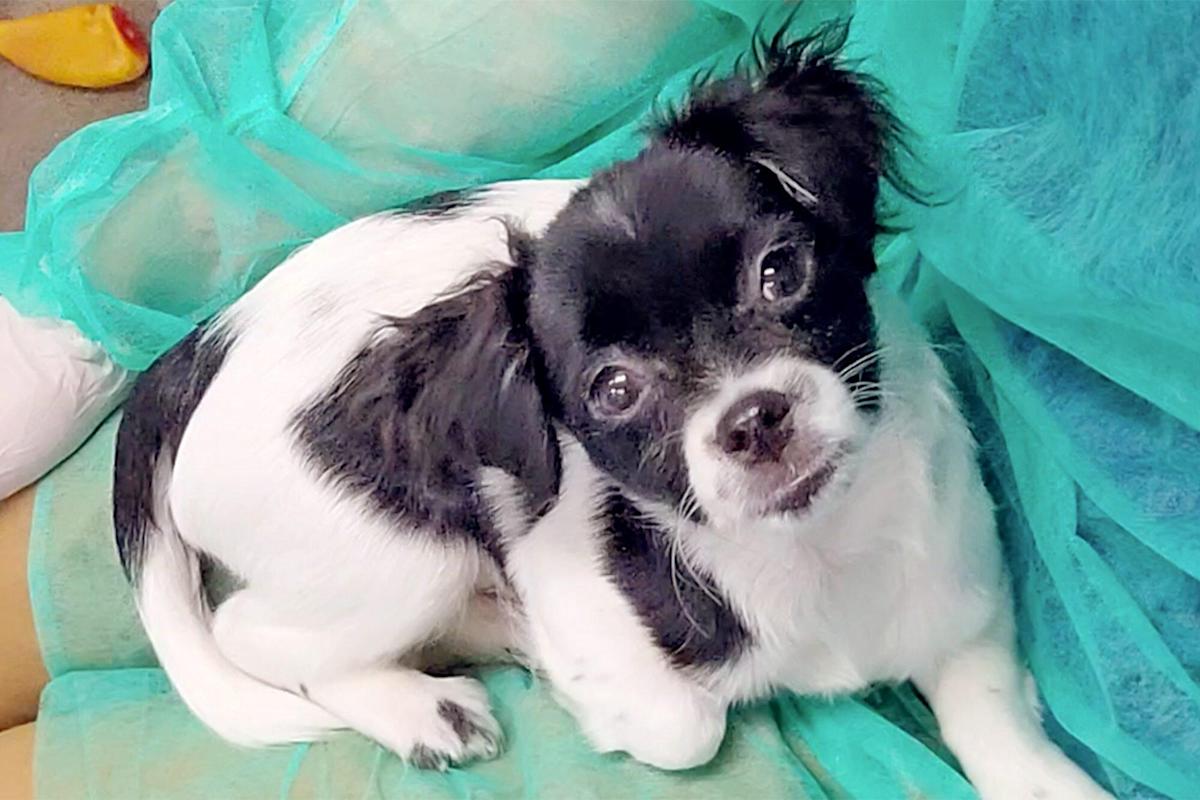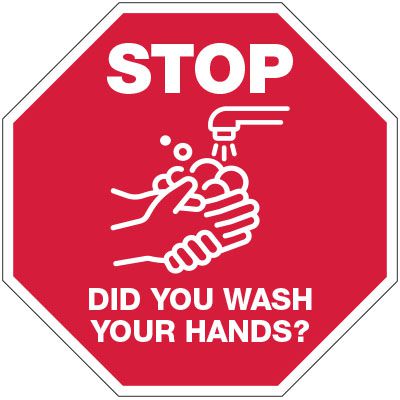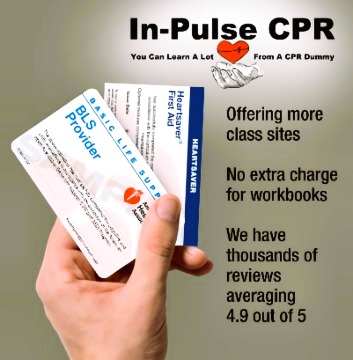First Aid Training for Pets: Cactus Needles and Learning the Basics of Wound Care
First aid training always allows you to stay conscious about what to do in case a person or animal needs care. One of the essential components to the training includes wound care. Learning wound care – preventing infections and controlling bleeding is fundamental to saving a person’s or animal’s life.
Cholla Charlie’s Crisis
Both people and pets can get in some pretty “prickly” situations, as was proven by one little chihuahua dog in Arizona. In July 2021, a little dog, known as Cholla Charlie, ran headlong into a cholla cactus, thus living up to his name.
On July 22, a passerby found the 5- month-old pup covered in cactus needles. The puppy ultimately ended up at the Second Chance Animal Hospital. He was transported there through the New Hope Program of Arizona’s Humane Society.
Today, the small stalwart dog is living with his new pet parents – completely free of needles.
That may give you pause for thought. If you found anyone or an animal in this situation, what would you do?
If you have first aid training, you also will gain the confidence necessary to take care of people or pets in an emergency. The same holds true for getting CPR certified. Both of these types of training are available to everyone at anytime
In the case of Cholla Charlie, those needles caused a large number of puncture wounds. When a cactus needle enters the skin, it creates an entrance for bacteria – the bad sort of germs that cause infection. In these cases, blood may spurt out at the access points, so you need to keep both gauze or a styptic stick (an anti-hemorrhaging agent) nearby. You’ll need a tweezer to extract the needles.
If you have taken first aid training, you’re familiar with some of these items. Knowing how to administer first aid makes the world a safer place.
Learning the Basics of First Aid
The most important thing to remember when you take first aid training is what you should do first.
Always Wash Your Hands Before You Provide Care
You should never care for a wound with dirty hands. Doing so increases the risk of infection.
Even if you think your hands look clean, you still need to scrub them – thoroughly. Place your hands under the faucet for at least 20 seconds. Use soap to remove the bacteria and dirt as well.
Stop the Bleeding
To care for wounds, such as minor scrapes or cuts, apply gentle pressure with a clean cloth or gauze. Elevate the wound until the bleeding stops.
Clean the Wound
If the wound is a puncture wound, rinse it with clear water for about 5 minutes. Use a washcloth to gently scrub away any debris or residue.
If the wound is a cut or abrasion, rinse it with water or place it under running tap water to lower the infection risk. You can wash around the wound with soap, but don’t allow it to get into the abrasion.
Never use iodine or hydrogen peroxide on lacerations or gashes- as both are irritating substances.
Use tweezers to clean out any hard-to-remove debris. Clean the tweezers with alcohol first.
Apply an Antibiotic
Applying an antibiotic will also reduce infection risk. Use an ointment or cream like Neosporin. You can also use petroleum jelly. Some ointments or creams may cause a rash, so you need to keep this in mind when you apply the substance.
Cover the Wound to Protect It
Use a bandage to cover the wound and protect it. You may also use gauze and paper tape. It just depends on the nature of the abrasion or lesion. Change the dressing each day. You don’t want it to get dirty.
You don’t need to cover a minor scratch or scrape. The blood will coagulate and dry, which will protect the skin as it heals.
Get a Tetanus Shot – If Necessary
If you care for a deep or dirty wound, you’ll need to schedule a tetanus shot if you have not had one in the past five years.
Check the Wound for Signs of Infection
After you dress the wound, check for any signs of infection if you’re caring for a child or adult in your household. Stay on the alert for increased pain, fever, swelling, or pus. Sometimes redness is a sign as are drainage or swelling. Call a doctor if you notice these symptoms.
Stay Prepared – Sign Up for First Aid and CPR/AED Training
Things happen unexpectedly in life. Therefore, it’s important to stay prepared. You can make a big difference through training programs for CPR/AED training and first aid. It only takes a small amount of time. Just a small amount of time for a life saved.





